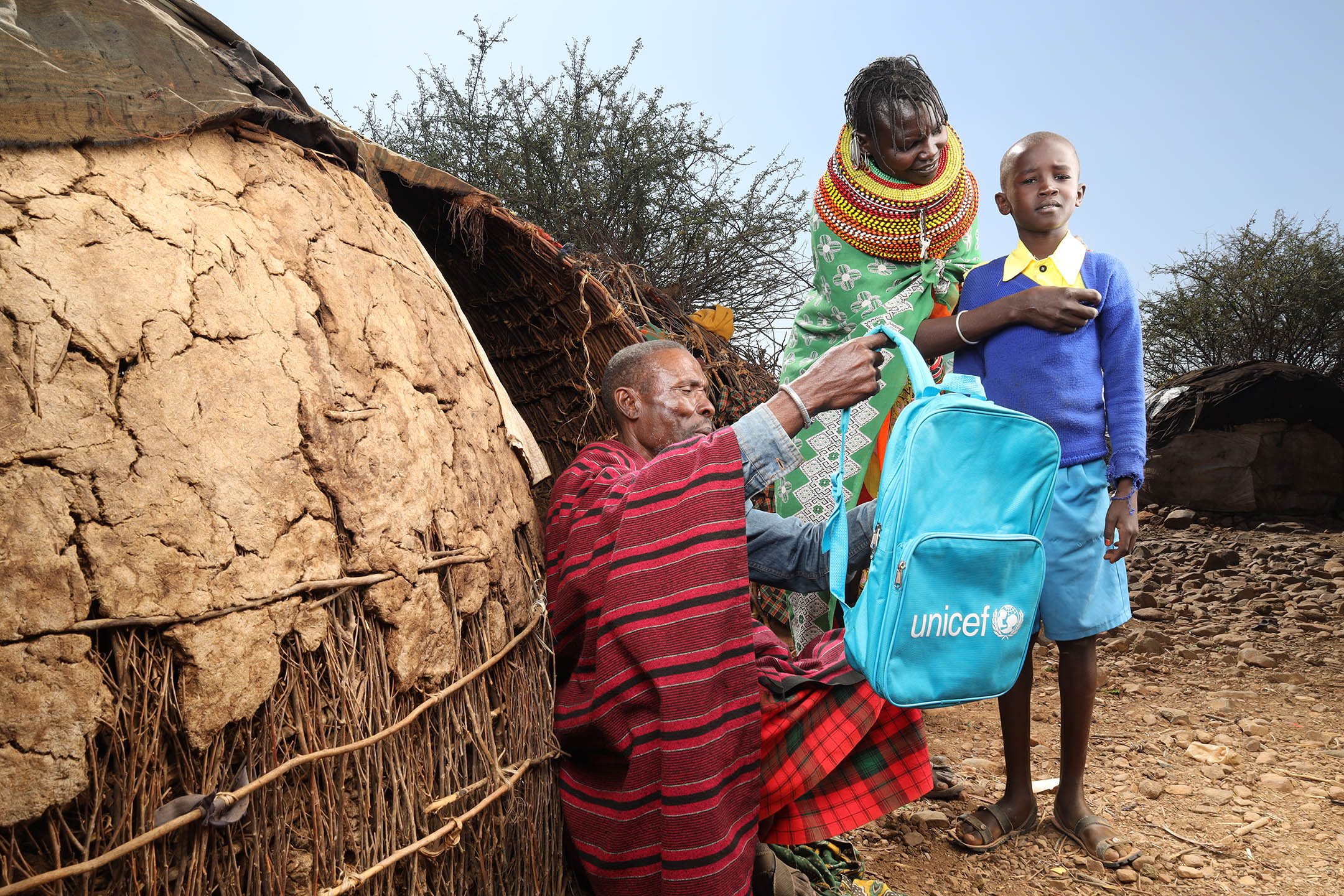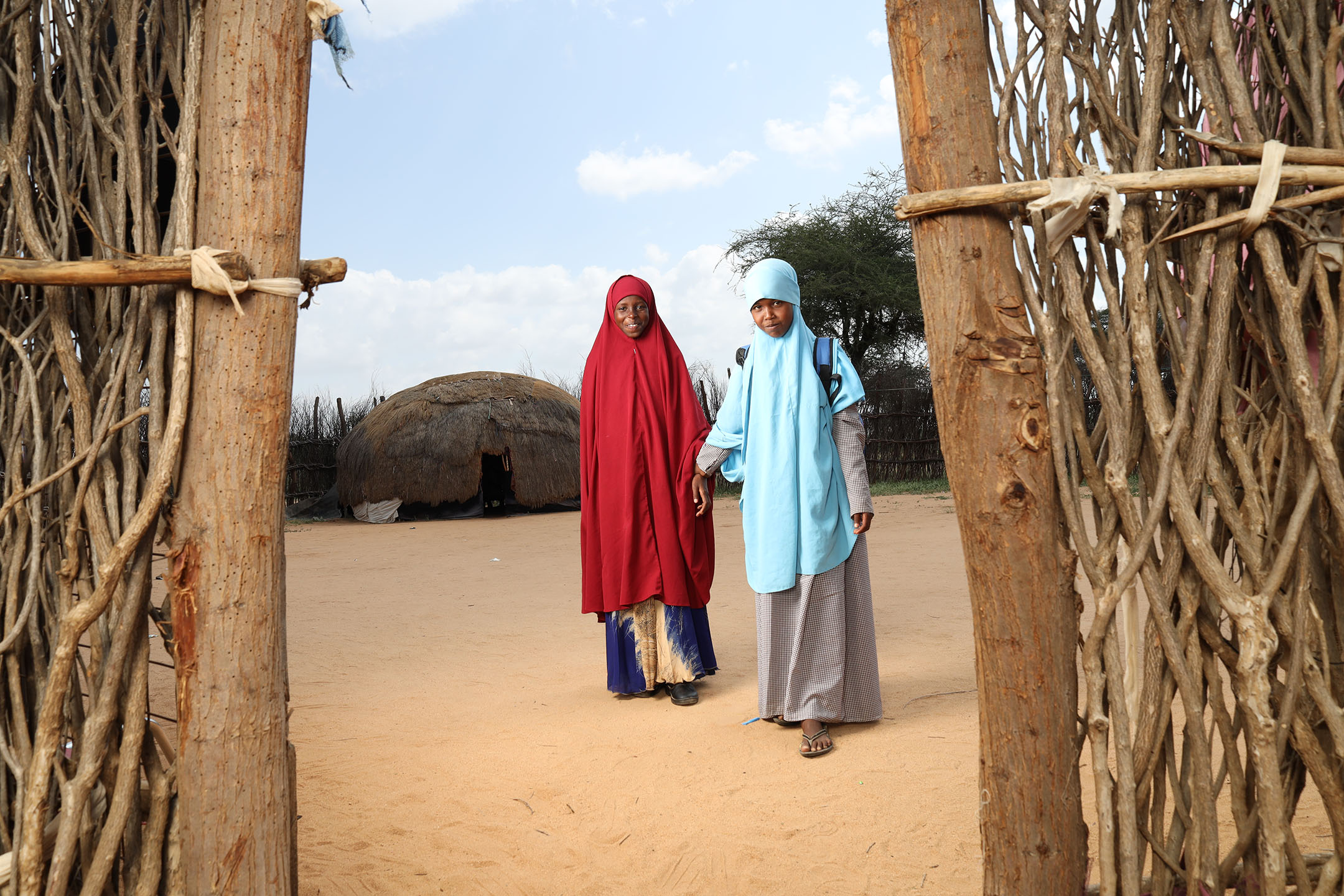A vital cog in the fight to roll back incidents of out-of-school children is the DigiRedio platform, a component of the Centre for Behaviour Change and Communication (CBCC).
Since its inception, DigiRedio has innovated many cutting-edge solutions to problems that afflict communities, especially in the areas of health and education. One of the most revolutionary is the DigiRedio gadget, a light handheld audio recording, and sharing device. In it, grassroots workers such as community health volunteers can upload messages and other information and then play it to audiences and clients in meetings and gatherings, making their work a lot easier.
CBCC’s DigiRedio platform has over time so grown that it now develops professional-quality audio and digital information that is shared with national and regional radio stations to run.
“As we speak, we are working with sixty-one radio stations across the country. DigiRedio is a social and behaviour change platform whose objective is to precipitate dialogue between multi-lateral groups and catalyse actions to create social accountability and enhance community participation.”

We also have media groups, online and on the ground, by which we disseminate information on the various subjects we’re implementing.”
DigiRedio uses what it calls the “Model of 7 Cs” to guide its community data-driven implementation model: capacity centering, contextualised conversation, community voices, community solutions, community trusted persons, collaboration, and computation. Says Mr Opany:
“In OOSC, for example, we produce both audio and online properties to support the campaign. We do this by interviewing people from Nairobi, editing, and sending a guided media kit for our partnering presenters. Basically, we cooperate with radio stations as co-creators. They bring us vox-pops from across the country and we use them to produce content which we share with them.”
DigiRedio’s online and on-ground components, known as DigiRedio Mtandaoni and DigiRedio Mtaani, work in coordination to achieve the intended objectives. On OOSC for instance, DigiRedio Mtaani has recruited station managers to be part of the enrolment army, that is, to help get children enrolled in schools. “Radio stations send their journalists to attend the disability assessment events in the targeted communities and broadcast the activities,” says Mr. Opany. This further helps to mobilize the communities. The platform further trains journalists in all aspects of OOSC – prevention of sexual harassment, exploitation, and abuse. This essentially makes the journalists and the stations they work for part of the solution. They are made to understand that they are accountable to the affected population. “UNICEF is quite emphatic that those giving aid must be accountable to those receiving the aid,” Opany adds.
As part of the process, DigiRedio has a short code by which members of the communities and the public can forward complaints. This short code, dubbed Tuwajibike (Let’s be accountable) is shared with all the radio stations. They, in turn, broadcast it to the public, thereby providing a feedback mechanism by which the community can report exploitation and abuse, and also express appreciation.
Says Opany: “When complaints come through the short code, we reroute them to the relevant authorities/duty bearers. One of our critical actions is to make sure that the feedback loop is closed – that is, not just that things are happening, but further that the outcomes are visible and authentic. We obligate the station to get information from duty bearers and to tell the community that something is being done. This closes the loop.”
An example is the case in Wajir County where a 14-year-old schoolgirl being married off was reported by members of the community. The girl was rescued and returned to school. “The radio station tells the community that the child has been rescued. The loop starts with the station, the next duty bearer, then back to the community. The radio station helps close the loop by inviting relevant people on air to share with the community what has happened and how the case has been resolved.”



